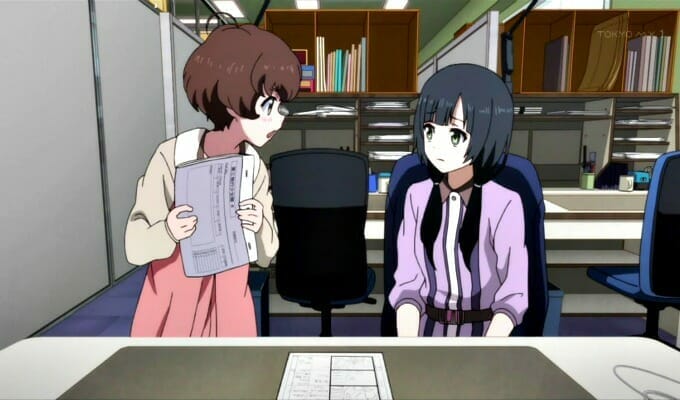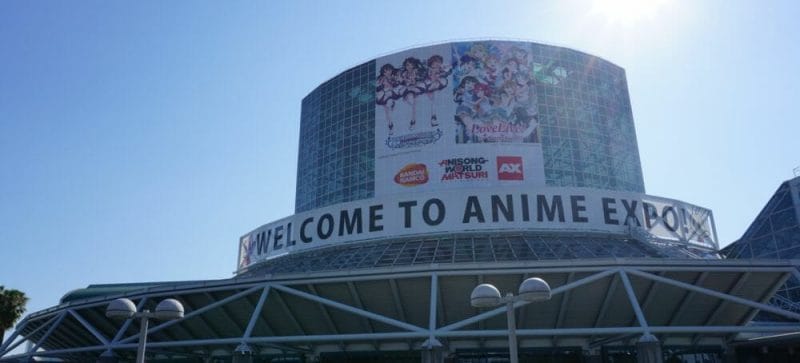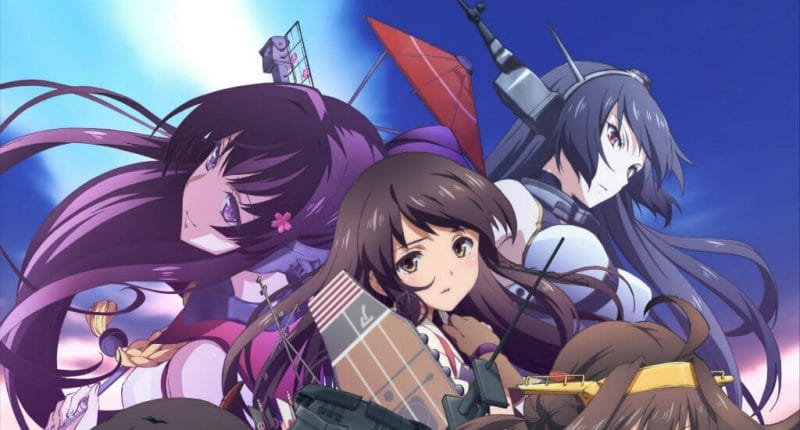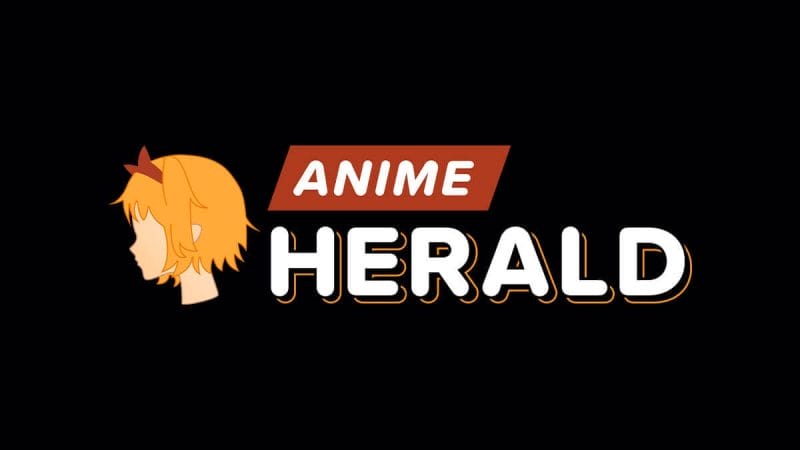This article first appeared on Patreon on March 3, 2018. Become a Patron for early access to articles like this, and much more!
If you were to tell me ten years ago that the anime industry would become a tour de force in the entertainment world, I would have stared at you blankly before finding some way to excuse myself. While anime had some pull, it certainly didn’t hold the same gravitas it does today. There were no blockbuster Hollywood films like Ghost in the Shell or Alita: Battle Angel. Heck, it was a frustrating quest to even find a theater running “must see” anime films like Paprika or Princess Mononoke. And, well, just about everything was still firmly in the “we sell DVDs – single DVDs” model that defined the hobby for a lot of older fans.
To look at the industry today, where literal thousands of shows are available at the touch of a button, it’s hard to not be a bit astounded. Companies are standing strong, and revenues are through the roof once again. But, at the same time, the anime industry seems to be facing an entirely new crisis that can’t necessarily be solved on a balance sheet.
Before we begin, though, I’d like to take a trip down memory lane.
From the Ashes of the Past
In the late oughts, the anime world was sent reeling, when the western industry seemingly imploded under its own weight. The western industry was in the throngs of a period of irrational exuberance. Costs were at an all-time high, and shows like Kurau: Phantom Memory had seen their license fees soar to more than $960,000 after all was said and done.

On its own, this was problematic. The issue became a catastrophe, though, when crisis rocked the United States. In 2007, the United States’ subprime mortgage crisis had led to a domino effect, causing markets to crash at a rate unseen since 1929 and triggering catastrophic layoffs across the United States.
Lives were ruined, and the notion of stability had seemingly vanished in the blink of an eye.
Industry icons like Bandai Entertainment, Geneon, and ADV Films shuttered one after another, as product rotted on store shelves. Retailers like Borders Books and Suncoast vanished from strip malls one by one, and giants like Best Buy began to clearance out their leftover anime stock.

By 2010, we were hearing similarly dire reports from the greater Japanese industry. Figures like TV Tokyo head Keisuke Iwata began to proclaim that the west was saturated, and that they could only see declines going forward. The Association of Japanese Animations, at the time, candidly remarked that the anime industry “bubble several years ago that burst.”
It was a time of desperation and panic, where even the most unobservant of fans could see that something was very wrong in the greater anime industry.
It was from these flames of desperation that we began to see new opportunities forged. In 2009, a quirky startup called Crunchyroll, which was better known as a fansub den in those days, began to jockey its way into the anime world.

At the time, they were reviled, mocked, spit upon. The greater industry decried Crunchyroll’s lax approach to copyright enforcement, and its seemingly gleeful willingness to skirt the letter and spirit of copyright laws.
But, with $4.05 million in investment funding and several key agreements in their pockets, Crunchyroll soldiered on. The company’s unique pedigree, as well as a model that prioritizes simulcast releases, quickly created a revolution in the way fans consume anime. With each passing season, it became increasingly clear that the orange orb emblem was a beacon for what the anime industry could be, and should aspire to become.
At the time, Crunchyroll served as a leader for a timid, frightened industry. The old guard, who had had weathered the storms of the bubble burst, as well as the newcomers to the party, began to take careful steps out as they sought to grow once again.

It was a very different time, though. In the first time in what felt like forever, releases were receiving sub-only DVDs, and the very idea of sustainability seemed to be at the forefront of everybody’s mind. The crisis had left an indelible mark on many of the industry’s veteran figures, and it felt like things had definitely changed in that quirky cottage-industry that existed before the crash.
Looking at the landscape today, one could hardly be blamed for thinking that this was but a horrific fever dream.
The industry we inhabit today is vastly different from that small federation of companies that stepped out from the ashes all those years ago. Today, Crunchyroll is the de-facto legal source for anime fans, with over one million subscribers under its belt, and $100 million in royalty fees paid out. The company’s sat on production committees for countless shows, and continues to make active investments in both its platform and content today.
Moreover, Crunchyroll has forged a seemingly iron-clad bond with fellow industry giant Funimation. The two share libraries, and Funimation has become a pioneer in “SimulDubbing” – dubbing a show as it airs on Japanese TV.

Funimation, meanwhile, has been brought under Sony’s umbrella. The electronics giant purchased a controlling stake in Funimation for $143 million. The company takes in more than $100 million in sales each year, and shows no signs of slowing its operations.
That’s to say nothing of players like Aniplex, Section23 Films, Discotek Media, Viz Media, and those countless others who now make up the industry as we see it today.
On a broader scale, we’ve seen two gigantic fish enter this pond. Netflix and Amazon have both begun jockeying for content and treasure within the anime world. Netflix has made numerous investments in shows like Little Witch Academia, Violet Evergarden, and the upcoming B: The Beginning, both to the delight and disdain of fans across the globe. The company recently pledged to invest more than $8 billion into original content, with the lion’s share going to anime.

Amazon, meanwhile, has been buying up entire blocks of content, with ongoing licenses for the legendary NoitaminA and Animeism time slots.
At the same time, the Association of Japanese Animations reported that more than 2.9 trillion yen ($27.463 billion USD) flowed into the Japanese anime industry’s coffers in 2016.
The funny thing about time, though, is that it’s like a river. While it doesn’t necessarily repeat, it does tend to rhyme. Over the past couple of years, we’ve heard that license fees were on the rise again (Justin Sevakis described them as “out of control” in 2015), to the point that a financial downturn could have real ramifications.
At the same time, though, there seems to be less worry about another potentially mortal blow. The landscape has changed, and many of these small organizations have found firm ground upon which to operate through times of prosperity and strife, alike.
A More Human Crisis
As the industry has grown, so has its need for output. In an article from The Hollywood Reporter, Toei Animation’s Joseph Chou stated that “nearly all the studios are full[y] booked until 2020.”
Amid these rosy reports of financial success, though, we’re beginning to see some very real signs of strain from the greater industry. Nowadays, it’s a fairly open secret that Japanese animators have a rough path ahead of them. Annual salaries can go as low as just one million yen ($9,480 USD), and the average work day can easily climb past eleven hours. A government-funded survey revealed that entry-level in-between animators were earning just over 1.1 million yen ($9,144.72 USD). This equates to a wage of roughly roughly $3.20 per hour.

In 2016, one Xebec animator stepped forth to back the claim up, posting their time card that showed a 130,000 yen ($1,232.40 USD) wage for the month. This particular animator worked without insurance for his first three months, with no paid overtime.
And, more and more, this has become the rule rather than the exception. Any regular reader of anime news is more than familiar with the crowdfunding campaigns for animator housing, or studios listing discounted animator dorms as perks of employment.
For many, animation is a life of poverty, driven by passion and desire more than anything else. It’s not stable, and its tolls are very real. Director Osamu Yamasaki estimates that just one in ten people who enter the anime industry are able to stick around during those critical years at the in-betweener’s desk.
Many have likened the labor to working in a sweatshop. In Japanese parlance, companies within the greater industry have become known as a “black companies.”
There are reasons behind the low wages and long hours, many of which stem from the current working model. The Production Committee system we see today is a shackle around studios’ necks, who see their rights as creators slowly sapped away as big financial backers carve out their own benefits. In a 2015 Answerman column, Justin Sevakis commented on the nature of this system:
From the earliest stages they’re putting in money up front to actually make the production, and then get a say in every committee meeting, where every strategic decision about that anime is made, from licensing to casting choices. Every committee member has put in a pretty substantial sum of money to be a part of this, and as part of their participation, they get certain rights to the show. A music company on a committee will definitely have soundtrack rights, and the ability to put their musicians in the show. A toy manufacturer will have toy rights.
It’s a brutal model, and one that ultimately leaves studios holding the bag in a lot of cases, with few means of earning a secondary revenue stream from their work.
Where Things Can Go From Here
In recent years, we’ve seen long-time industry figures like Toshio Okada have begun calling for a proverbial “slave revolt,” casting away the chains of the industry to connect directly with the greater subculture.
And, well, we have seen some movement in this realm.
In Japan, we’ve seen a greater adoption of alternative funding models, which sidestep the traditional Production Committee standards, and buck the trends that have essentially been a slow death by thousands of cuts.
In particular, we can attribute two fairly new revenue sources, which have helped to open doors for new and young talent alike:
- Crowdfunding
- Foreign Investment
For now, I won’t be going into depth on the topic, but the talent crunch has also led to more studios opening overseas. We’re starting to see larger presences from from China and Taiwan, as studios like Haoliners and Flamingo Animation have stepped in to fill the void.
Crowdfunding
Crowdfunding has been a truly interesting beast, which has allowed newcomers and seasoned veterans alike to pitch their ideas to a sea of fans and customers. Sites like Campfire and Kickstarter have been launch pads for the ambitious, and starting points for younger talent, which have been sorely lacking in recent years.
New directors, such as Keni Itoso (Santa Company, Coluboccoro), LeSean Thomas (Cannon Busters), and Sae Okamoto (Mecha-Ude) have been able to use the model as a sort of “jumping off” point, to craft those unique experiences that would be laughed off in many board rooms. At the same time, these campaigns are building the talent that will help to craft the shows of tomorrow, bringing much-needed new blood into the industry.

Established talent, as well, has seen success in proving the demand for their projects. Titles like Under the Dog (Dir. Masahiro Ando – Kinema Citrus) and Kick-Heart (Dir. Masaaki Yuasa – Production I.G.) have allowed creators to step outside of their comfort zones, and explore concepts that have long been thought to be dead and buried with the days of laserdisc.
Meanwhile, studios like AIC (Megazone 23 SIN ) and Key (Kud Wafter) have been able to prove that their classic franchises still have plenty of kick to them, even decades later.

That’s to say nothing of the tie-ins (Nekopara), or the surprisingly active western industry that’s brought cult hits like Skip Beat! and Riding Bean back to fans’ hands.
As of now, this has been a successful avenue, which can provide inroads for talent, given their ideas and initial presentations are strong enough.
Foreign Investment
Honestly, this has to be the biggest godsend for the established industry, at this point. With each passing year, we’re hearing more positive experiences stemming from western investment.
As of now, though, I’ll be breaking into two camps: Crunchyroll and Netflix, mostly due to time.

Netflix, in particular, has become somewhat of a savior for Japanese studios who work with them. I’ve written at length about this in previous articles, but Netflix has been slowly growing its presence in the anime industry, working with studios directly to produce content for their digital platform. The company will funnel a staggering $8 billion into original content this year, with the goal of having 50% of their content be “Netflix Original.” A lot of that money is going into anime works, as Netflix aims to fully fund thirty anime projects this year alone.
As a result, we’re seeing a rise in co-productions with the red giant. Titles like B: The Beginning, A.I.C.O. -Incarnation-, and Violet Evergarden are being produced with Netflix’s aid. And, really, studios couldn’t be more thrilled.
Toei’s Joseph Chou weighed in on this in an interview with The Hollywood Reporter, stating:
“Lately the media has been bashing the anime industry over working conditions; the TV stations have been reporting on it, but they’re a big culprit […] Netflix is restoring it to a sane business model. You’re looking at maybe a 15 percent margin rather than a 5 percent loss.”
Meanwhile, Netflix is handling the distribution, translation, and promotion of the work, on a scale that many studios cannot cope with.
But, really, the most important gain from this relationship is freedom. Studios aren’t under the same pressure to produce works that adhere to typical broadcasting standards, or tone down content to ensure a toy deal can be made.

In an interview with Gigazine, Masaaki Yuasa commented on the freedom offered by his studio’s work with Netflix for Devilman Crybaby, stating “Because there was something that can be done only because the degree of freedom is high, there is no definite rule on the [work] itself […] It is unprecedented that we can provide such a story in the environment seen if people in the world want to see it.“
Meanwhile, Bones, Wit Studio, and Production I.G. have forged a business alliance to co-produce work with Netflix.
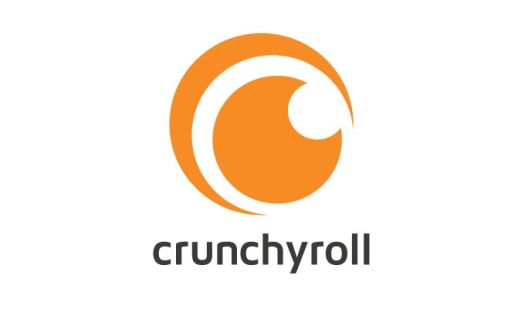
On the Crunchyroll end of things, the company has become a much larger player in the Japanese market in recent years. They’ve taken an active role in anime production, sitting on committees, and providing direct investment into works like The Ancient Magus’ Bride, Kemono Friends, and A Place Further Than the Universe. That’s to say nothing of the $100 million in royalties that the company has paid out over the past decade. With more than a million paid subscribers (half of which are women – a prized demographic for Japanese publishers), Crunchyroll has become a vital lifeline in the greater global anime market.

Which brings us to today.
As of now, the industry is in this weird limbo of success, tempered by a talent shortage and heinous working conditions. Still, things do appear to be getting better by the day, as the traditional norms are overturned, and the general flow of business changes to suit the greater global economy.
I’m not expecting this miraculous change overnight, nor should any of you. That said, so long as these pressures to change continue, and the capital continues to flow, I wouldn’t be shocked to see the industry continue to evolve and improve. While animators likely still won’t live like kings, we may at least see some of the stories of literal wage slavery start to fade away.
The industry’s growing faster than it has in decades. All we can do is hope that these growing pains it’s seeing are just a temporary affliction.


